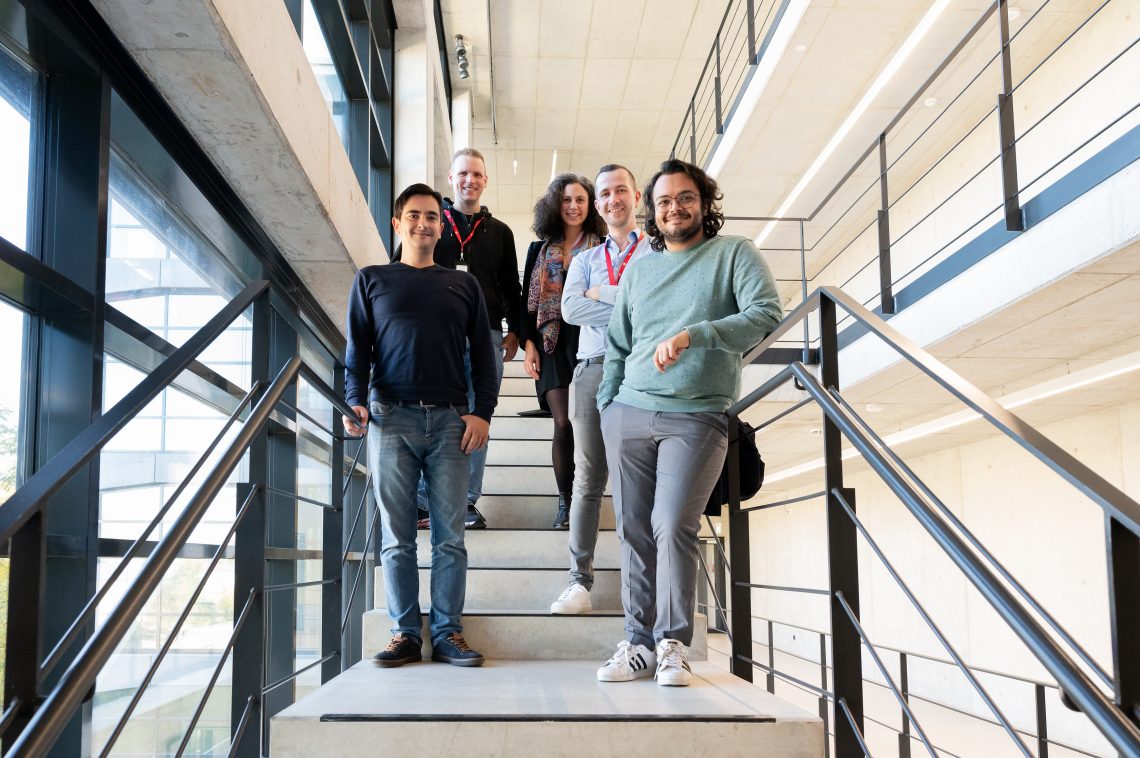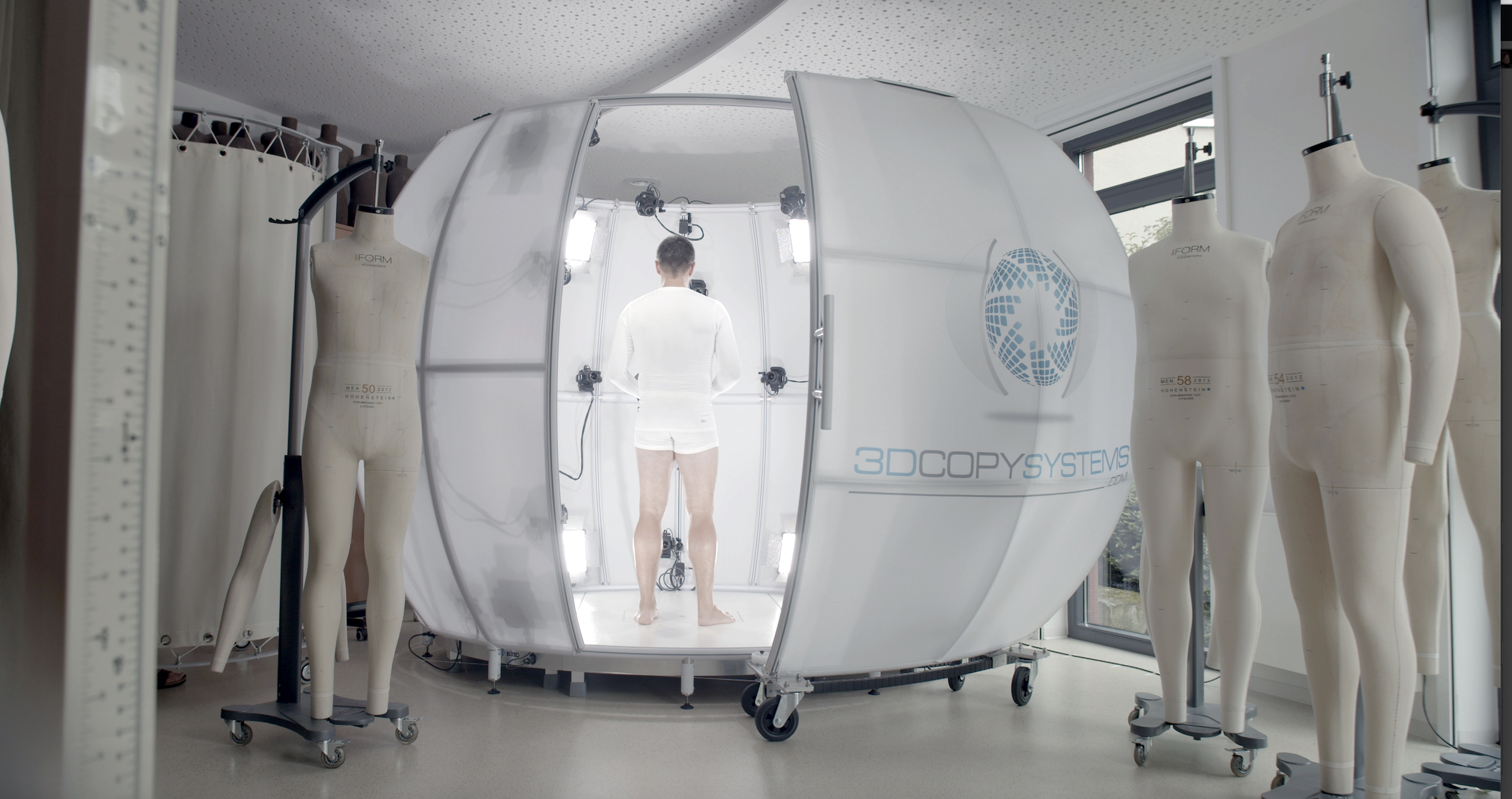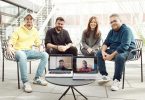The digital transformation of HÖRMANN Group, a 67-year-old German family-owned business which employs 2,900 people and has an annual turnover of about €600 million, has included a few setbacks.
The logistics division, HÖRMANN Logistic, wanted to leap into the digital age by embracing AI-powered predictive maintenance as a new service to their customers. With some outside help. the newly founded digital division HÖRMANN Digital assembled a team, only to discover that it didn’t have the data required to train algorithms.
The team then tried what it thought was the next best thing: providing a service management solution to digitize the customer service process and gain data and insights to set up AI-powered digital services, but neglected to consult the people that would be using it. The logistic division rejected the solution, and the project was scrapped.
“Even though we did not achieve the goal we set from the beginning we learned a lot,” says Anna Hörmann, daughter of company founder Hans Hörmann. “Looking back, it was a naïve approach. Transformation takes time. You can’t just focus on a project and software. You need to both include the people and change existing processes to be able to develop successful projects. One of the important things is to create a culture where experimentation is encouraged and failure is allowed.”
HÖRMANN Digital has since honed its expertise, serving as a place for the company’s disparate units to work more closely together and exchange best practice. It has so far helped five out of the group’s 27 subsidiaries embrace digital technologies and the necessary change management, and it hopes to aid other SMEs and family-run businesses do the same, developing a new revenue stream in the process.
Although it is often challenging, HÖRMANN’s journey is an example of how family-owned businesses can use technology and new business models to remain competitive and even eventually add to top line growth.
The group’s digital unit is housed on the campus of UnternehmerTUM, the Technical University of Munich’s Center for Innovation and Business Creation, which was set up 20-years-ago as a not-for-profit limited company with a focus on building a bridge between startups and established companies. Now UnternehmerTUM is launching a new program specifically geared towards helping family-owned businesses like HÖRMANN with their digital transformation and sustainability strategies.
“It’s a recognition that small and medium-sized businesses (SMEs) which represent around 90% of all firms globally and are responsible for roughly 70% of employment, must be included in the innovation ecosystem”, says Christian Mohr, UnternehmerTUM’s newly appointed managing director. “We believe that it is important to integrate the next generation of family entrepreneurs and understand their challenges and help them with long term plans,” says Mohr, who formerly held positions as Global Co-Lead KPMG Innovation Network and as KPMG’s head of innovation, Germany.
Hörmann is one of a number of young successors to family-owned businesses that are taking part in UnternehmerTUM’s new FamilienUnternehmerTUM program, which is being overseen by Leopold von Schlenk-Barnsdorf. Schlenk-Barnsdorf is involved in the digital transformation of his own family’s business, an international manufacturer of metal powders and metal pigments founded in 1879.
“SMEs and their family businesses are rightly regarded as the backbone of the German economy: 58% of all employees work at SMES and generate 52% of Germany’s gross domestic product,” says Schlenk. “It is therefore the number one driver of prosperity. To ensure this continues in the future, new, surprising and sometimes unusual collaborations are needed from talent, startups, research and science, investors and industry.”
Digitizing The Production Of Everything From Sirens to Tractors
When Hans Hörmann founded the company in a small town east of Munich, the company focused on developing electronic sirens. Over the next 50 years the company grew by investing in other areas, buying up factories and investing in businesses in eastern Germany. HÖRMANN still makes sirens: its equipment serves as a civil alert system for the whole of Sweden and as an early warning system for tsunamis in Thailand but it also does lots of other things, including making parts for trucks and tractors, providing engineering services to cities that want to install tramways or new subway lines, managing radio communications and electronic mobility information for trains, engineering BMW motorcycles and making sensors to measure radioactivity given off by X-ray machines.
Figuring out how to digitize diverse traditional businesses and old factories is not a job for the faint of heart. Anna Hörmann, who earned a Bachelor of Science and a Master of Science in management and technology at the Technical University of Munich, got the ball rolling by sending the lead engineers of the group’s companies to a two-day workshop moderated by UnternehmerTUM, to brainstorm about new products and followed up by setting up the new separate HÖRMANN Digital unit as a channel for innovative ideas and their implementation. One of the divisions – logistics – said it wanted to install predictive maintenance. UnternehmerTUM assigned five students from their Digital Product School, a place where students, scientists, and employees from partner companies like HÖRMANN develop digital services within just three months. A machine learning specialist, a UI/UX engineer, two software engineers and a product owner where put on the case, only to discover that the logistics division had not yet been able to collect and structure the right data. “There was no possibility to do predictive maintenance because all of the information was free text and in the heads of the service team,” says Alexander Hauswald, HÖRMANN Digital’s Chief Digital Officer.
The five students were hired full-time to find other ways to help the group’s divisions go digital. The service management they came up with was a flop because the digital division “ had difficulties to involve the customer – our sister company,” says Hauswald, who left his job as Chief Architect at BSH Home Appliances Group in January 2021 to join HÖRMANN. “There were a lot of things we learned from that, now when we start a project, we commit a contact person in the division we are targeting. It is very hard for [the divisions] to make time for us but if they don’t, then our efforts can’t succeed, and we will waste time and money.”
“There are two approaches,” says Hauswald. “One it work from top to bottom, to start by first approaching the managing director and getting him or her excited about an idea and creating a steering committee as a way to get the whole team to work with us,” he says “It is super important to get management onboard.” HÖRMANN Digital is not limiting itself to that approach. It is additionally building an internal community, appointing digital experts who work one or two days every month on digital transformation and innovation topics in the near future, he says. “We try to bring them together with startups and expose them to new methods and new ideas that they can take home with them and share,” he says. “You might call this a divide and conquer approach.”
Even with the support of management and employees the transformation journey can be challenging. Many large companies are finding it difficult to adopt AI because they have not yet captured, cleaned, and structured their data. The process can be even more daunting for smaller companies. Take the case of one of HÖRMANN’s factories which presses parts for trucks, a process that requires the use of machines weighing anywhere from 2000 to 5000 tons. Some of the machines are 50 years old. The machines break down irregularly. “One of the valves always stops working and they couldn’t figure out what happened before or after,” says Hauswald. HÖRMANN Digital used five terabytes of already captured data – which represented 5 billion rows in its database – and started to analyze it. It was in a proprietary format that only allowed a vision of a single day and they needed one of the maintenance guys to explain what they were seeing. “It is not as easy as just throwing data scientists at a problem. There was one guy who knew about the machine and we needed to work closely with him,” says Hauswald. The machine learning specialist only spoke English and the factory worker only spoke German so Hauswald had to serve as the translator, a long and painful process. Eventually they were able to make the data automatically visible in a different application and readable in a web-based application rather than a special licensed program. “We are now able to see anomalies at a specific time by day, week or year one year, which works very well for condition monitoring and anomaly detection,” he says.
The information collected was not business critical but harvesting the data was a way to show the company the benefits of going digital, Hauswald says. ”Even if we can’t install predictive maintenance at their factory now, helping them process this data was a way for them to see the potential of adopting technology and to get more efficient in their processes,” he says.
Process enhancement is a good steppingstone to making the jump to new digital services, says Hauswald. The digital division is telling all of the company’s subsidiaries to figure out which machines are business critical and to add sensors to capture the data so machine learning can eventually be applied. “It will take time,” says Hauswald. In factories where there are currently no sensors it will take up to a year to capture enough data, he says.
In the interim HÖRMANN Digital, which is housed on UnternehmerTUM’s campus, gives the individual units a place to go for the exchange of best practice. “Even though the products and services we deliver are very different, the problems of implementing software and gathering data are very similar,” says Hörmann. The company is also doing the hard work needed to include all of its employees in the digital transformation. “The challenge for the company is to win the people over and show them that we can use our digital transformation to improve working conditions for employees and the services and products we deliver to customers,” she says. “This is what we have to do to achieve a sustainable family business.”
Persistence Pays Off
Hauswald’s advice to family-owned businesses who are embarking on digital transformation is to have realistic expectations and be clear about what they are trying to achieve. Digital projects need KPIs so everyone understand what success looks like. It is crucial to get the management on-board, “otherwise you don’t gain entry,” he says. Employees also need to be convinced. “You have to find a way to tell them what is in it for them,” he says. “That takes training, and it takes time.”
It will take an average of two to three years for traditional companies with legacy equipment to see results, says Hauswald. “That is the harsh truth.”
Persistence is already paying off, he says. Although the divisions are still in the early stages of their digital transformation “HÖRMANN Digital has gathered a lot of experience on old machines and using machine learning, anomaly detection and predictive maintenance,” says Hauswald. “Nothing hinders us from creating digital services based on that knowledge and selling that to other companies.”
![]()
For more about Unternehmertum’s program for family-owned businesses click here.
This article is content that would normally only be available to subscribers. Sign up for a four-week free trial to see what you have been missing







